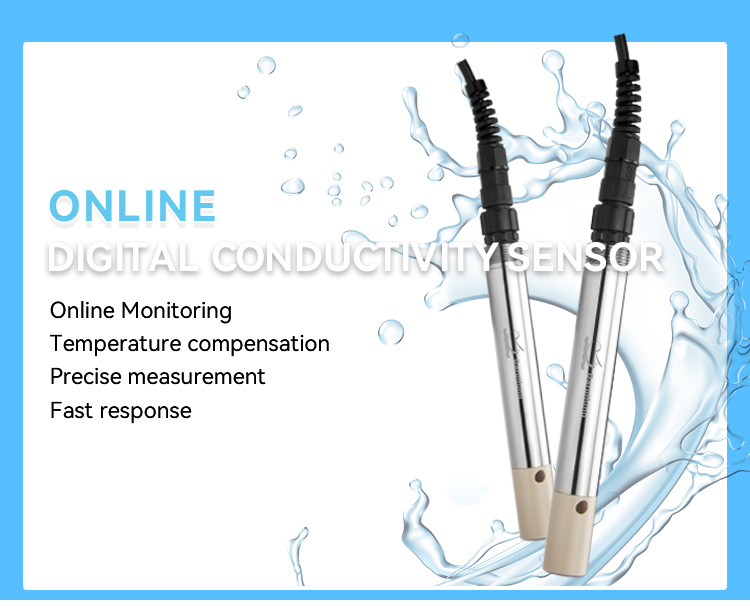The European Union's Seventh R&D Framework Programme (FP7) provides 2.2 million euros in funding and is coordinated by the Swiss Federal Institute of Technology (ETHZürich) in Zurich. The EU’s member countries include the scientific and industrial communities, including large solar energy industry groups such as Bauhaus in Germany. Bauhaus Luftfahrt, DLR and Shell are involved in the formation of the European SOLAR-JET R&D team.
Starting from June 2011, it uses the high-temperature energy provided by the sun's rays and uses water and carbon dioxide as raw materials to develop and produce "solar" fuel. Up to now, the R&D team has successfully achieved the full-scale production of laboratory-scale renewable fuels for the first time in the world. Its products are in full compliance with the European Union's standards for aircraft and automobile fuel, and do not require any adjustments to aircraft and automotive engines.
The "solar" fuel prototype developed and designed by the SOLAR-JET R&D team is mainly composed of two major technical components. The first part utilizes the high-temperature energy generated by the concentrated solar light, supplemented by ETHZürich's proprietary intellectual property additives for metal oxides. Self-designed and developed solar high-temperature reactor converts water and carbon dioxide into syngas, the main components of synthesis gas are hydrogen and carbon monoxide; the second part is based on the Fischer-Tropsch Principe, which will be the high temperature of waste heat Syngas is converted into "solar" fuel products that can be commercially used in the market.
Since the first part is newly developed technologies and the second part is mature technologies (oil groups including Shell have been commercialized), the SOLAR-JET R&D team will further develop innovative activities that will mainly focus on the structure of solar high temperature reactors. Optimization and economic feasibility Preconditions for the construction of larger-scale industrial scale pilot demonstration projects. Ms. QUINN, member of the European Commission responsible for R&D and innovation, said that the breakthrough in new technologies will increase the EU’s energy security, which means that greenhouse gases that cause global warming can be transformed into resources that are beneficial to humans.
Digital conductivity sensors have two electrodes and four electrodes. Compared with analog conductivity sensors, digital conductivity sensors have higher accuracy and stability through digital measurement and signal processing technology. They provide accurate measurements and reduce errors due to sensor drift or interference. Digital conductivity sensors usually have a digital output interface, such as a serial communication interface (such as RS485, MODBUS, etc.) or a digital bus (such as I2C, SPI, etc.). This allows for easy connection and communication of the sensor with other devices or data acquisition systems. Daruifuno's digital conductivity sensors have built-in temperature compensation and are capable of temperature compensation. Since conductivity is closely related to temperature, the built-in temperature compensation function can provide more accurate and reliable conductivity measurement results. In addition, another advantage of the digital conductivity probe is that it is plug-and-play, internally stores calibration data, and can be calibrated offline. The material of the digital Conductivity Sensor is PPS plastic, stainless steel and titanium alloy. Users can choose the appropriate conductivity probe according to their own application.

Digital Conductivity Sensor, Digital Conductivity Probe,RS485 conductivity sensor
Suzhou Delfino Environmental Technology Co., Ltd. , https://www.daruifuno.com